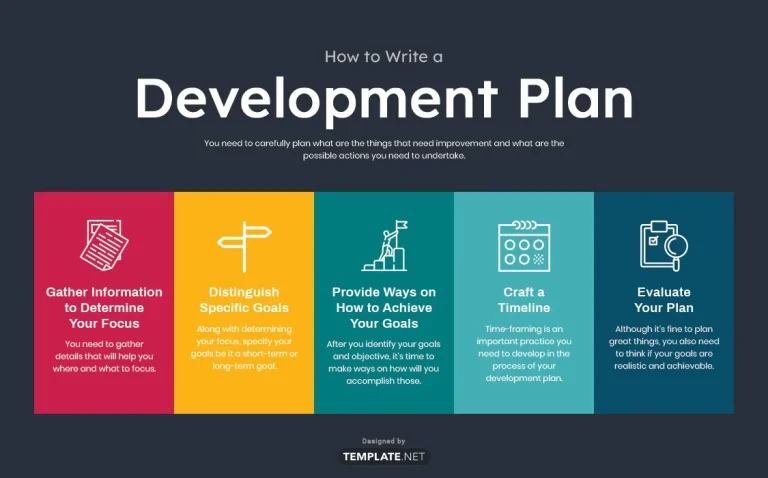@2021 invictIQ is a venture by Sprint Consultancy. All rights reserved. Privacy Policy.

Utilising Personal Development Plans for Growth
by Mark Topps
Personal development plans are a great way to structure how your team members achieve their goals and unlock their full potential. In this blog, I will dive into the fundamentals of these plans, how they will benefit your team members and the organisation and provide practical steps to creating a robust plan.
What is a Personal Development Plan
A Personal Development Plan, also known as a PDP, is a structured framework that helps individuals to set goals and put steps into place to monitor progress. The overall aim is to identify someone’s strengths, any weaknesses and opportunities for growth, both professionally and personal.
Benefits of Personal Development Plans
There are a number of benefits with personal development plans, for both the person and the organisation including:
- Clear goal setting
- Highlighting areas where new skills can be developed
- Increasing self-awareness and resilience building
- Motivating people to achieve and celebrate goals, which in turn increases job satisfaction.
- Supporting career development
- Increasing personal growth
- Increasing skillset, performance and productivity
- A culture of learning and development which in turn will help with recruitment and retention.
Creating a Personal Development Plan
Prior to creating a development plan, you need the person whose plan it is to reflect on their current strengths, the skills they already have, areas that they need improvement on and any career/personal goals that they want to achieve. Self-assessment is a critical component in the process but something that does not always come easily to people. If you are manage somebody that struggles with self-reflection I would recommend that you set time aside for them to do this, get them to go somewhere quiet where they can think about recent experiences and get them to think about what went well and what could have gone better, to reflect on how they handled situations and how it made them feel. I would also encourage them to ask certain trusted colleagues and their family or friends as they will observe situations differently than how the person themselves will perceive it.
Once they have assessed themselves, you can then support them to start to create goals and these should be SMART (Specific, Measurable, Achievable, Relevant, and Timely). You can leave it at this point however I like to break them down into smaller more manageable and achievable goals and the reason for this is so that I can celebrate the small wins but it encourages me to keep going. For example, last year I wanted to improve my skill set in artificial intelligence and as opposed to having that as my main goal I had smaller goals such as ‘to learn more about artificial intelligence’, ‘to create a bite sized blog around artificial intelligence (which I knew would push me to research more’ and ‘to undertake a course or learning into basic artificial intelligence by the end of the year’
When setting the objectives, I like to picture how I think it will look when I achieve it and use this within my plan. Not only does this help me reflect on perception vs reality but also allows my manager to help me spot when I am close to reaching a goal.
Depending on what the persons overall goal is, or those smaller bite sized ones will depend on the resource and support needed and it is important at this stage to identify what will be needed to achieve the goal. Looking at the example above I needed to find a reputable source for the information, somewhere I could create a blog, find a mentor, find a learning platform etc.
The next step once the person has their goal(s) and the resources needed to achieve these, you can begin to put together the steps your employee will need to take to achieve their goals and this should include deadlines and check-in points along the way so there is specific time to review progress. Remember, development plans are not something you create and its set, they should be flexible upon each review to be adjusted as needed to add more support tools, to add new goals etc.
Reviewing the Plan
It is important that you set a review schedule with your employee and diarise these so that time is blocked out. I like to review once every three months as this gives enough time for someone to make noticeable progress, to adjust target deadlines and a chance to adjust current goals. If, however someone achieves one of the objectives between this time, you should use this opportunity to review the plan and set new goals, as well as to celebrate their achievements. It is important that during reviews, progress notes are kept as this not only allows you to reflect back along the journey but it also helps you capture what is still needed to achieve the goal.
Final Thoughts
Personal development plans are a great way to help people reflect on areas that they can develop, structure long and short-term goals, identify the resources, tools and support needed to help them achieve and motivate people through celebrating achievements.

Mark Topps is a social care leader who has worked in the care industry since 2004 and is currently working as a regional support manager. He regularly advocates, appearing on television, radio and podcasts and has started many campaigns for change in legislation and culture within the industry. Mark is the co-founder of The Caring View which is a social care podcast, YouTube show and free resource initiative for the sector. He also co-founded The Health and Social Care Club, which is an audio event hosted on LinkedIn. Mark is also the social media and marketing director at the National Association of Care and Support Workers.
Share
Sign up for our newsletter

